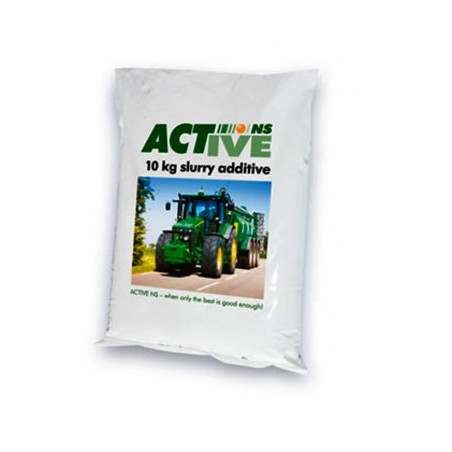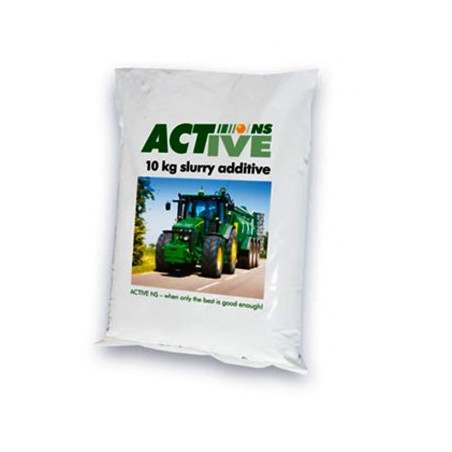Slurry contains part of the energy and nutrients from feed that have not been used for animal growth. Because of its content, slurry is still a resource that needs to be put to good use. Its use as fertilizer for fields is part of ancestral knowledge, which was enriched generation after generation with a tradition of storing it and mixing it with straw and the remains of other crops to produce compost for horticulture. This compost was necessary when other sources of fertilizer were not available to improve crop productivity. In a relatively short time there was a shift from the home garden to intensive crop farming, and from a few farm animals to specialized livestock farms. As indicated in a previous article (Comprehensive slurry management), it is necessary to create a technological culture that values slurry again. The objective must be to manage or process the slurry to get the most out of this resource.
As when solving any problem, it is necessary to be methodical, go step by step, evaluate alternatives, and make appropriate decisions, starting by clearly defining the problem to be solved using a statement. It is common for a farmer to ask himself what the best technology to adopt on his farm is. This is a question to be asked once one knows the problem to be solved, which will never be to eliminate slurry, which, at most, can be transformed at a certain economic cost.

Decision making diagram
The decision making diagram below shows, in an orderly fashion, the questions to be asked and the actions to be taken. These actions constitute the nutrient management plan.
It starts with measures for minimizing at the source, i.e., all actions aimed at reducing the volume and contaminant load of slurry, as well as measures that reduce atmospheric emissions and conserve fertilizer quality. Not taking minimizing actions leads to a greater subsequent problem to be solved.
A fertilization plan should then be drawn up, designed to optimize the use of slurry as crop fertilizer, minimizing losses, either to water or to the atmosphere, and maximizing the substitution of chemical fertilizers. The slurry lagoon has to be dimensioned with this fertilization plan in mind.
From the two previous groups of actions, and with the information obtained, one must exactly define the problem to be solved and the management strategy to be followed. Is there an excess of nutrients? Do I undertake the management individually or do I collaborate with other farms in collective management? These are two examples of questions that must be answered clearly.
Whether individually or collectively, if you are in a situation with no excess nutrient production, the objective of potential actions or treatments must be to improve management and reduce costs. The potential treatments must be simple, since it is not necessary to export nutrients outside the area in which the fertilization plan is implemented, although the management operation may have to be complex, if the collective management involves many crop and livestock farmers.
If it has been assessed that there is an excess nutrient situation, the potential treatments or management scenarios will necessarily be complex, since it means that there is not enough agricultural land available. They will also have a high cost, which should be compared with that of the simplest alternative, that of transporting to agricultural areas that are deficient in nutrients. The alternative with the lowest relative cost should be acceptable and, if no solution is acceptable, the diagram takes us back to the beginning to reconsider all decisions from the start.
Reconsidering all decisions may imply putting more emphasis on reduction measures at the source in order to reduce the magnitude of the problem, or looking for other croplands to fertilize, or moving from individual to collective management. Whatever the alternative, making decisions implies an effort, it implies measuring (flow rates, concentrations, etc.) to define the initial situation, and it implies getting information to know whether the situation can be improved. It also implies adopting a positive attitude in order to turn a problem into an opportunity.
Start studying measures to reduce at the source 






